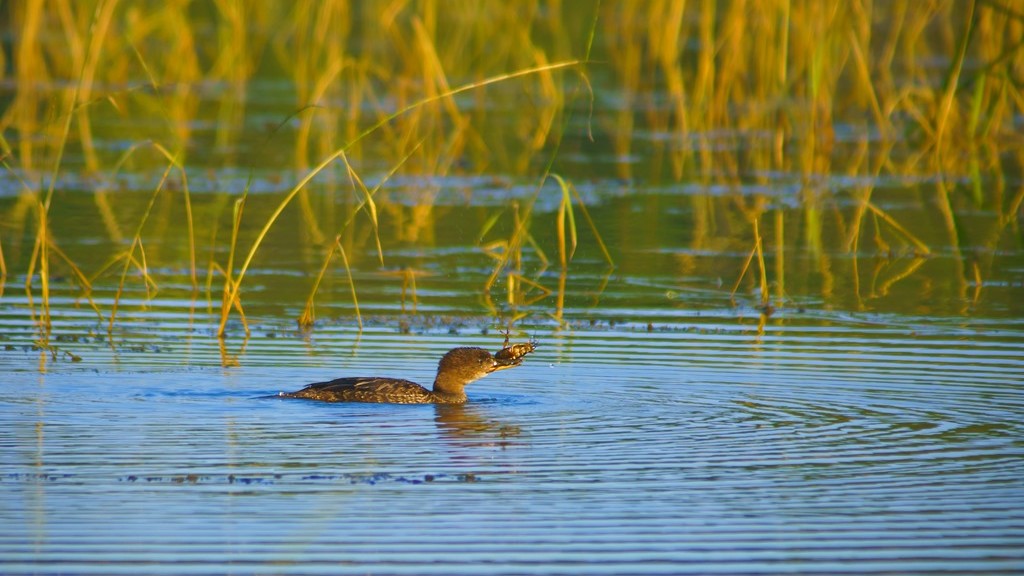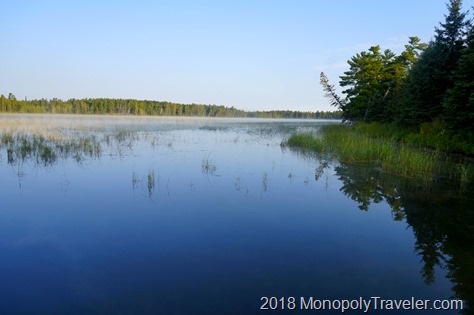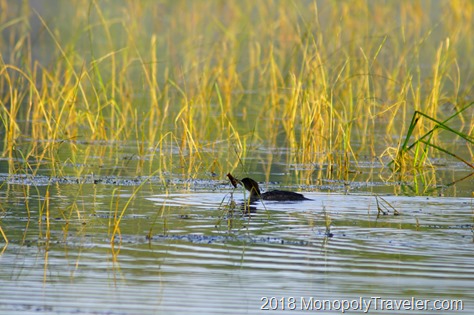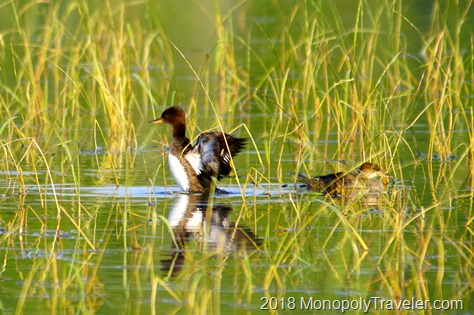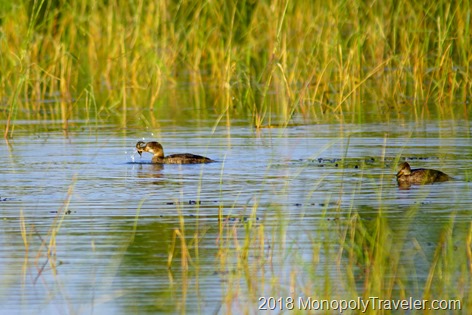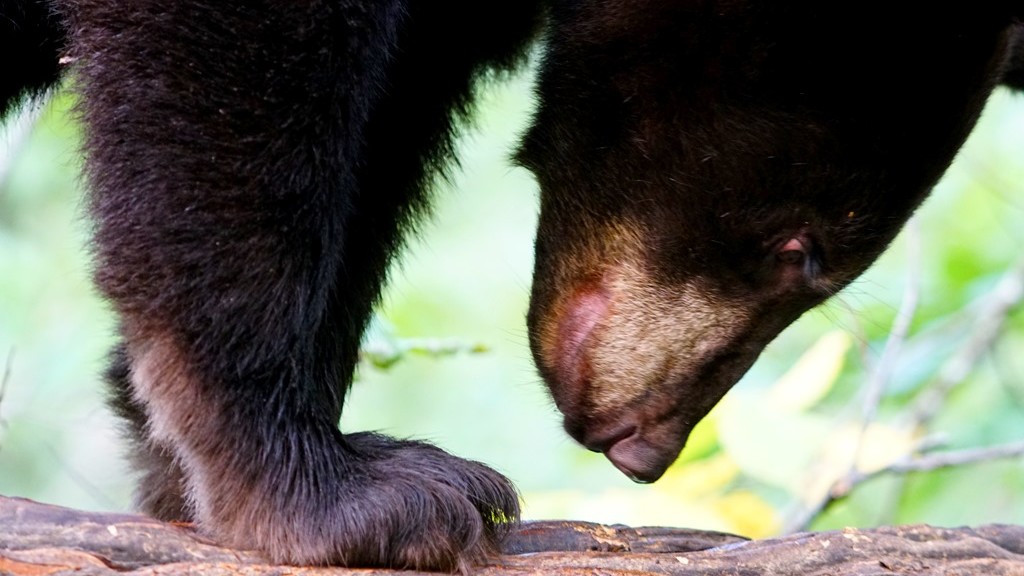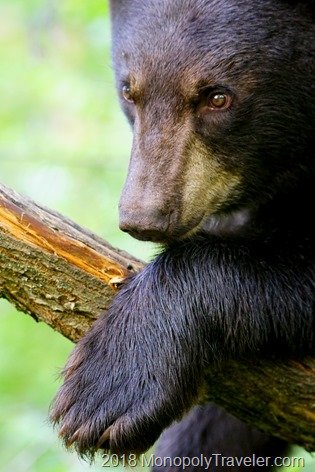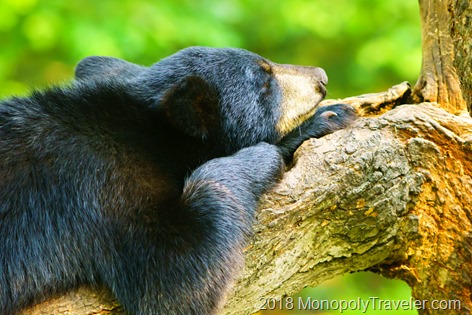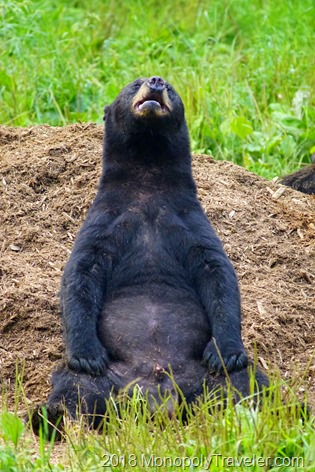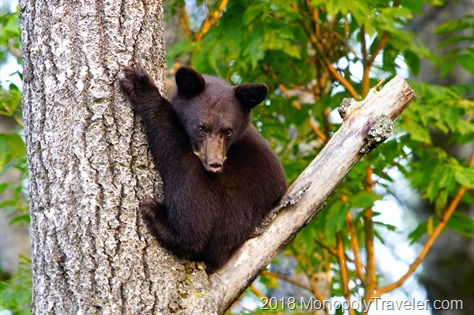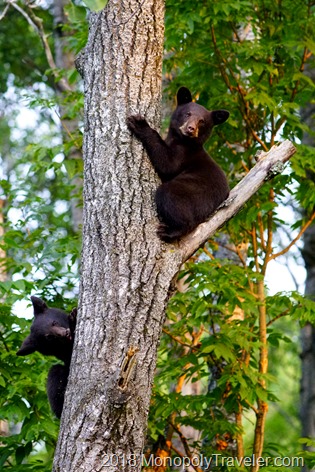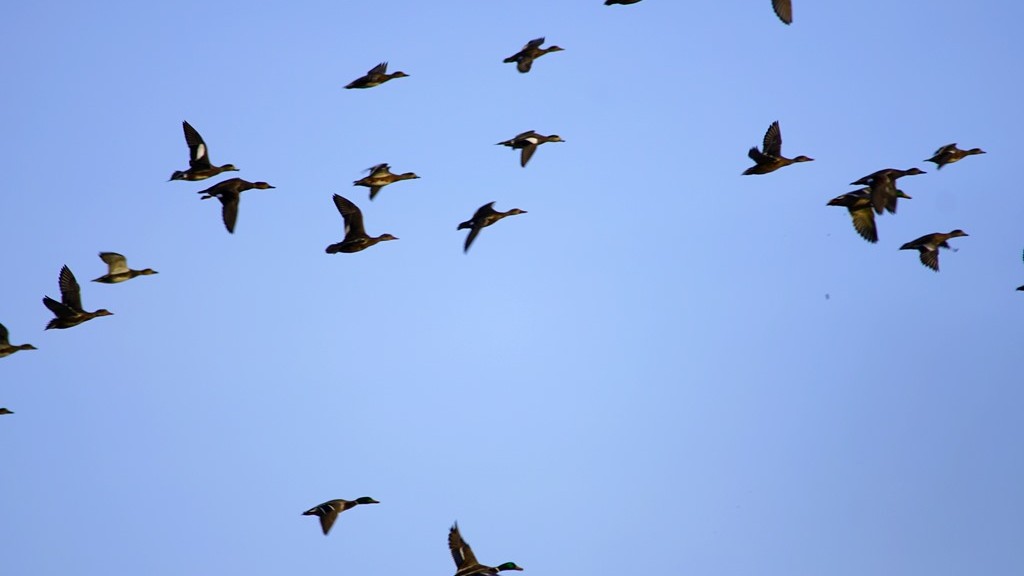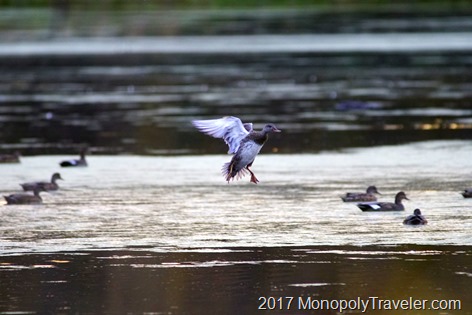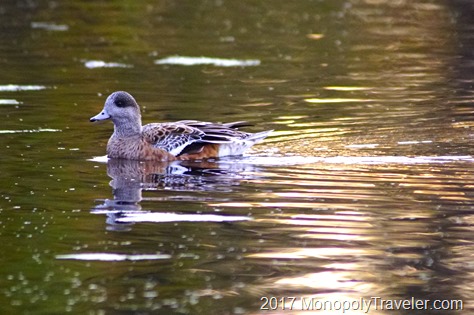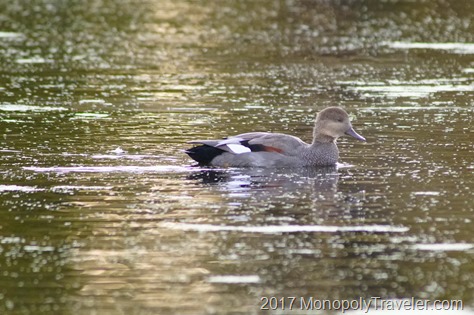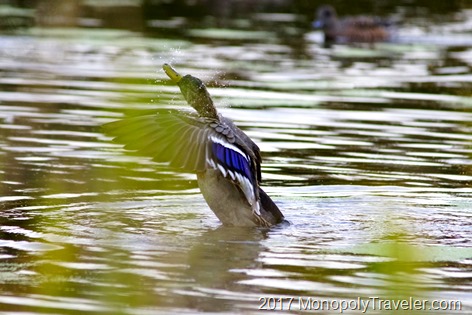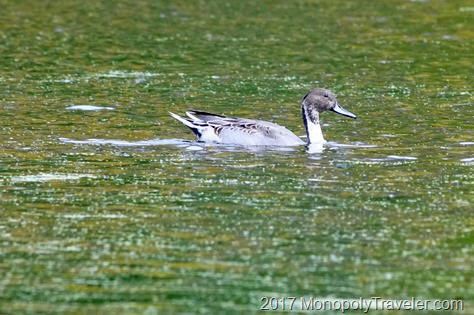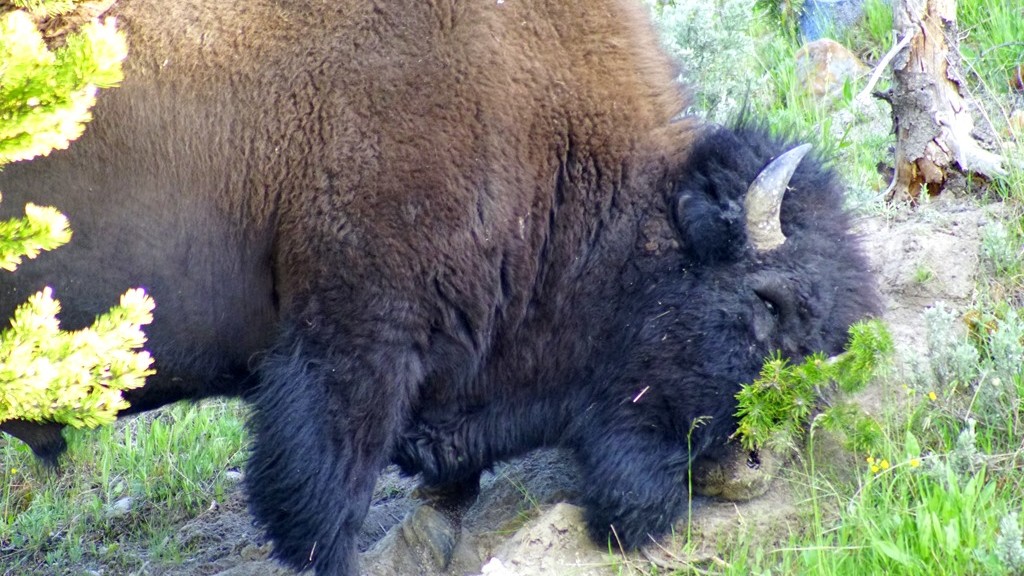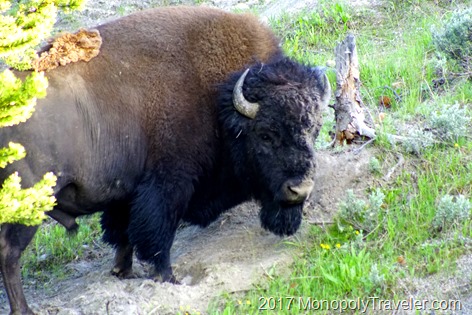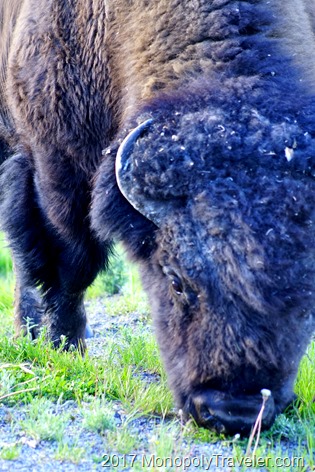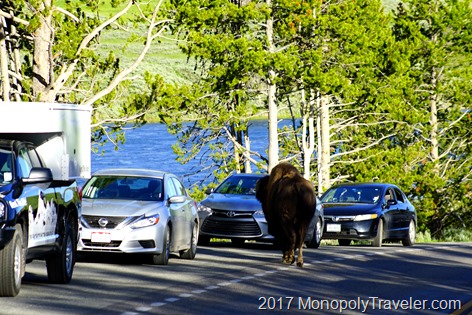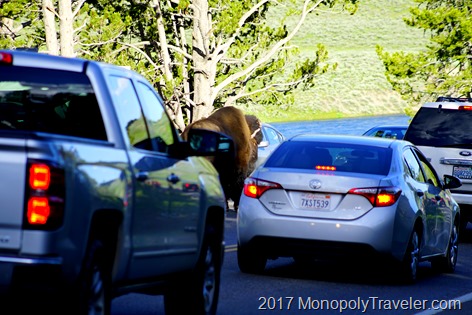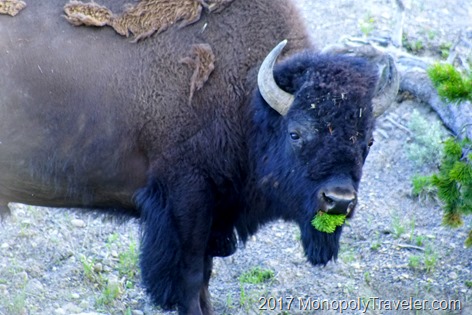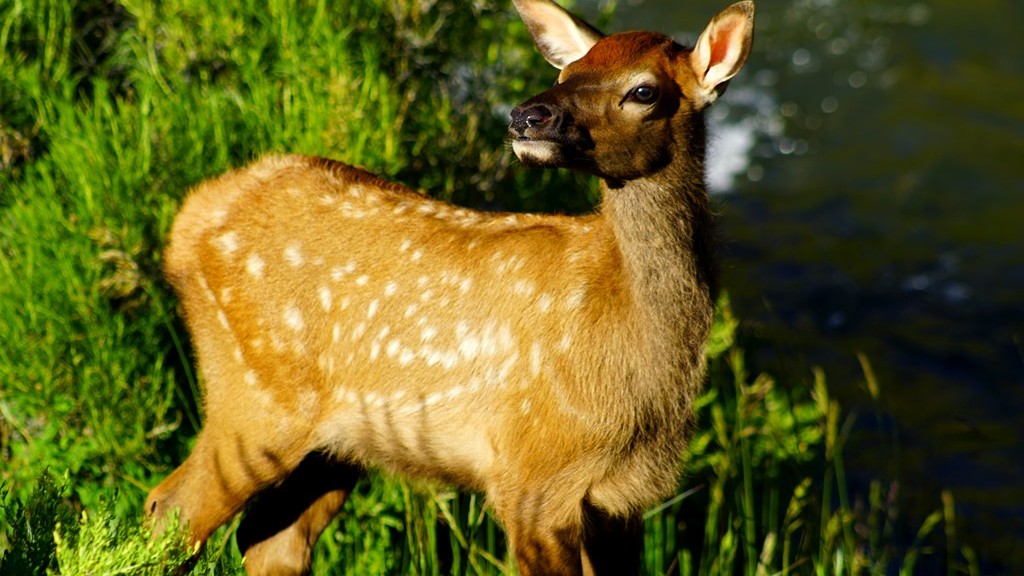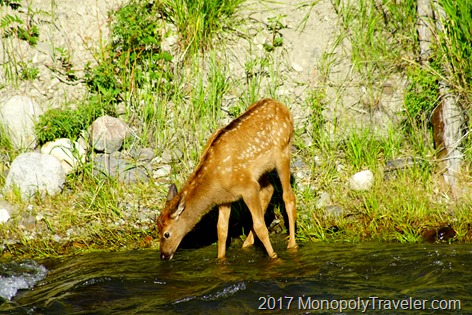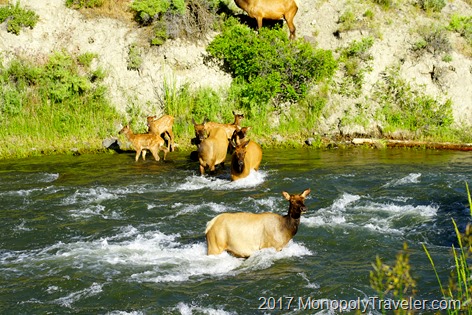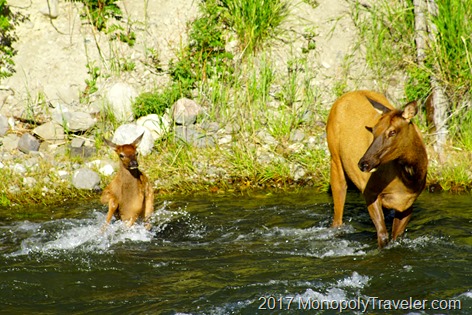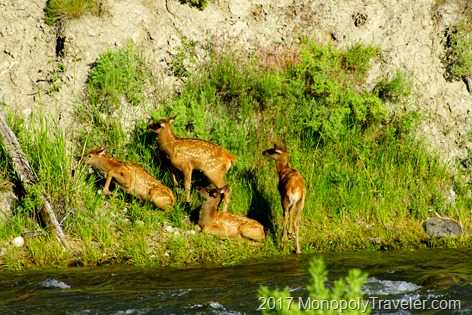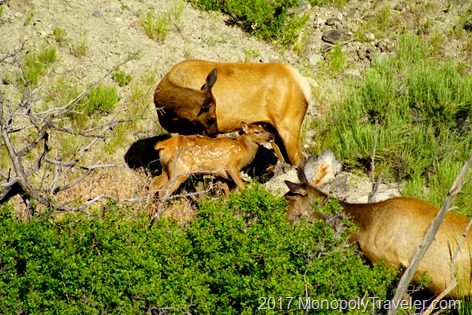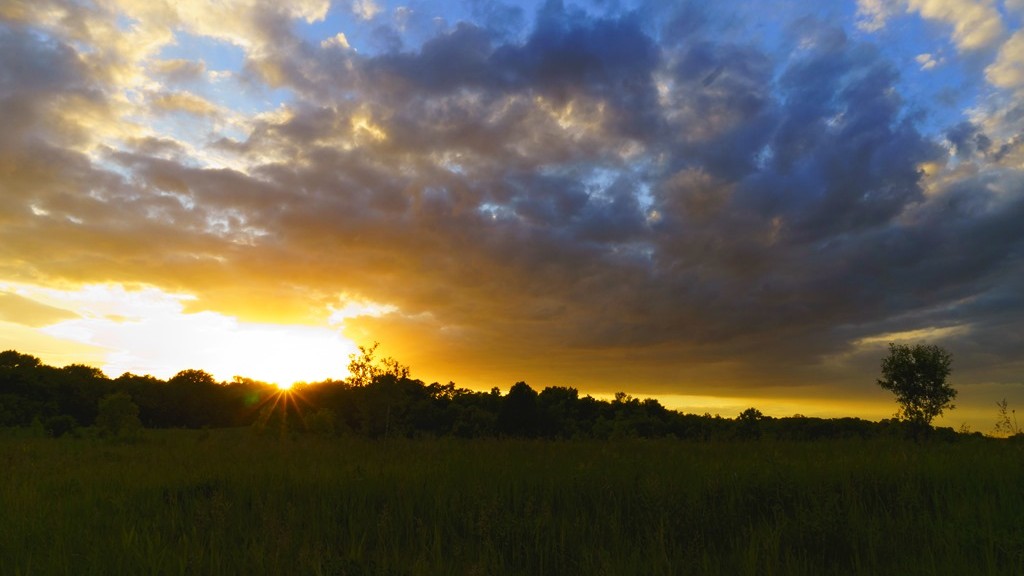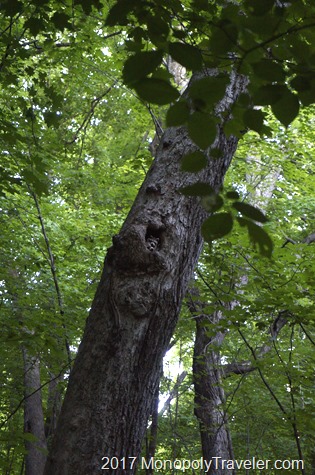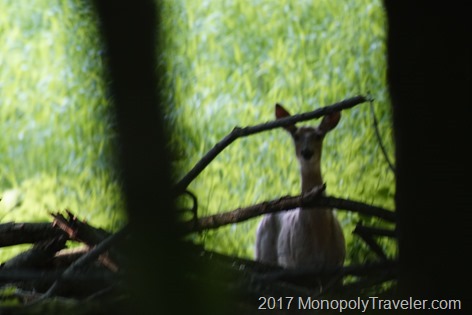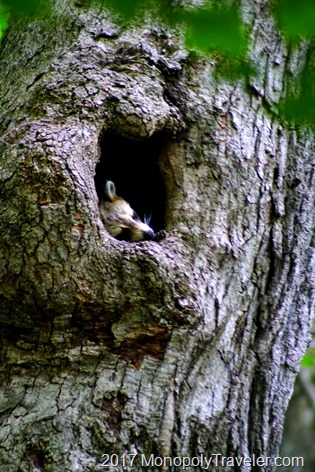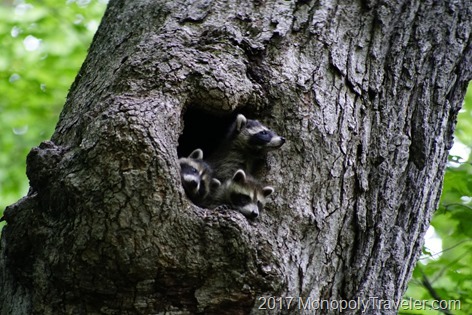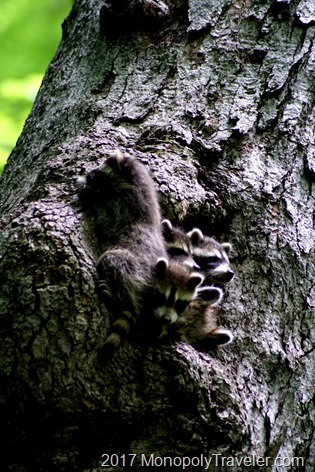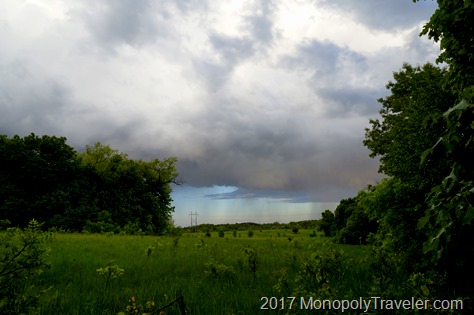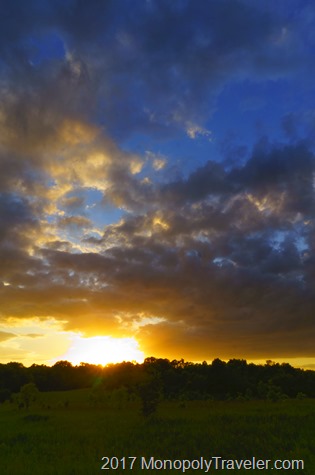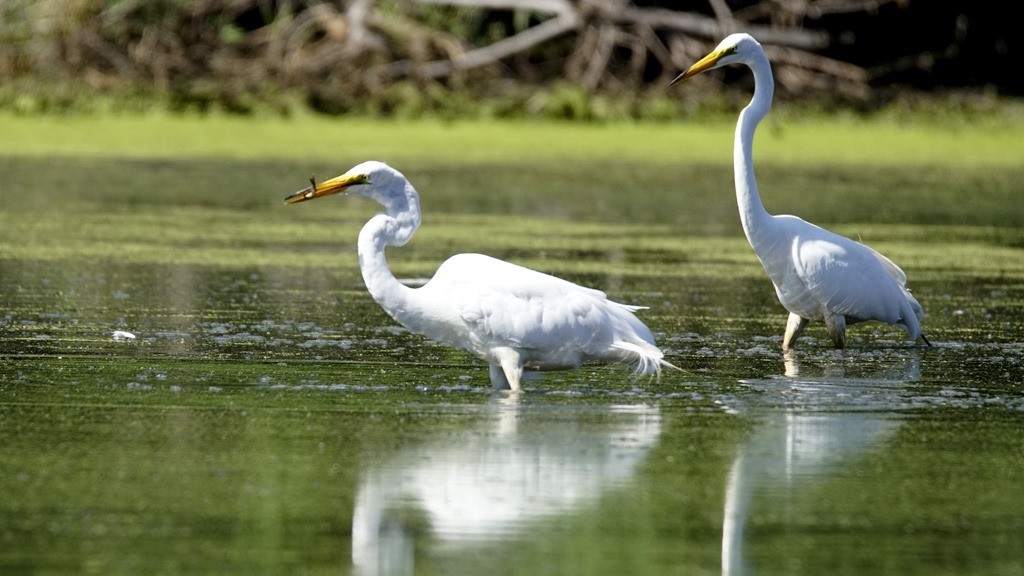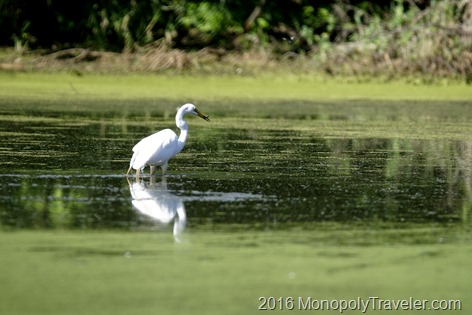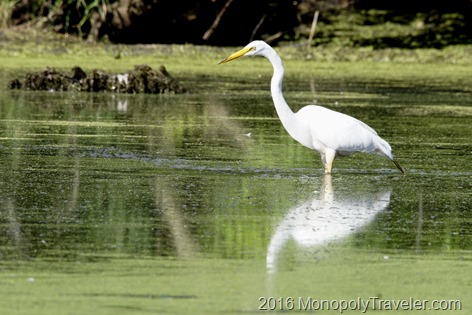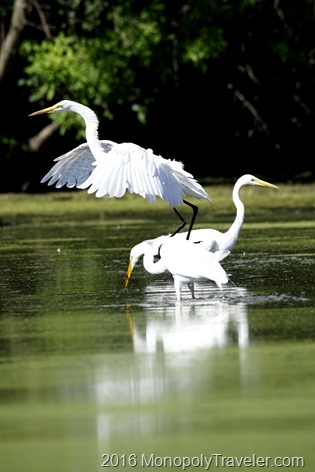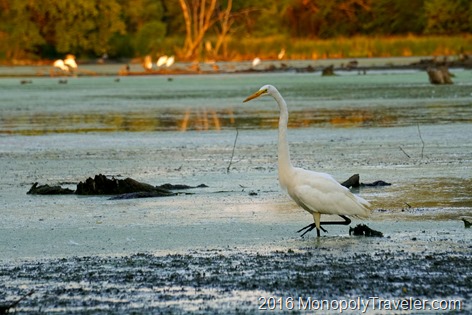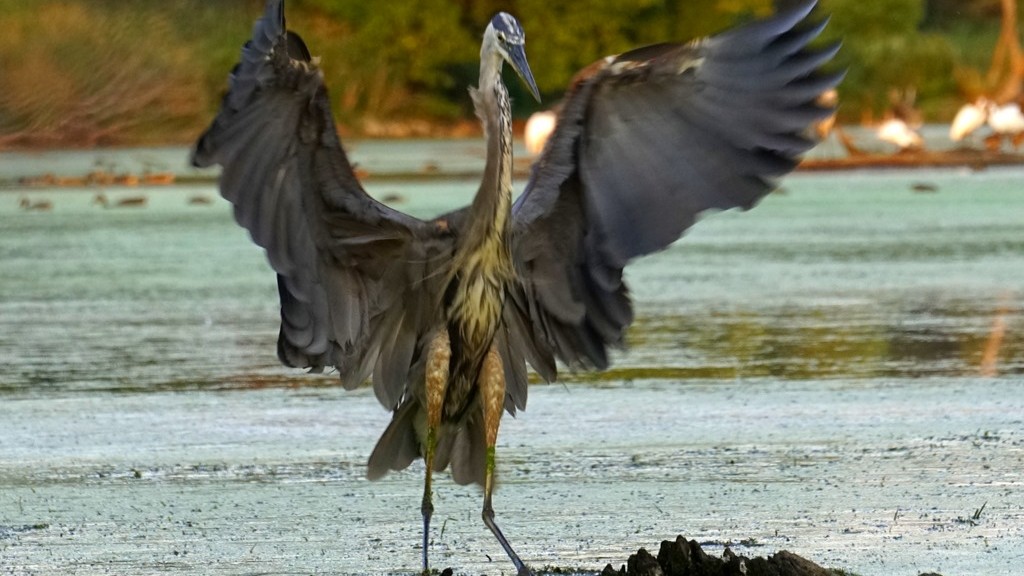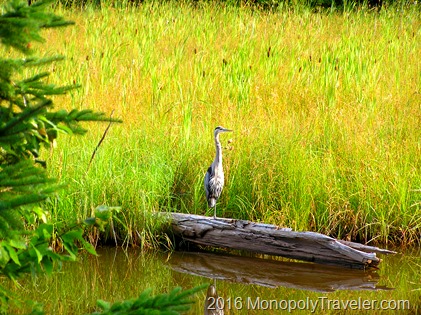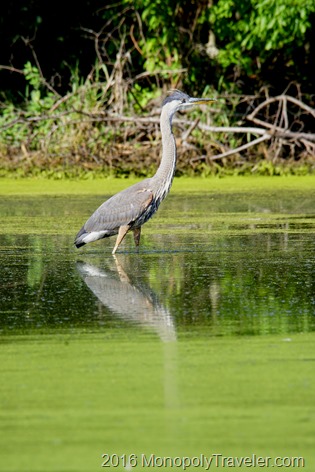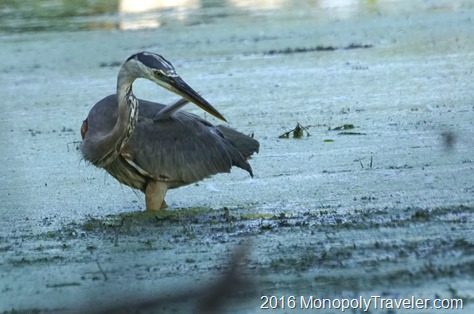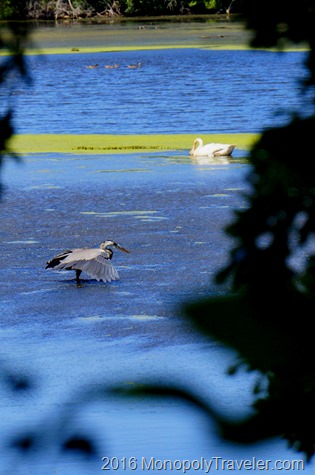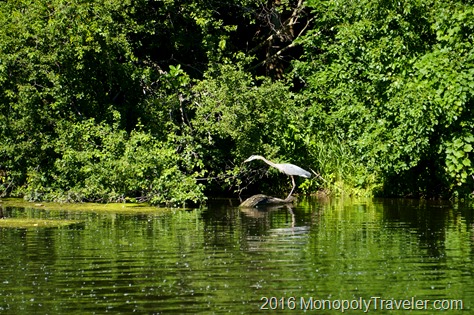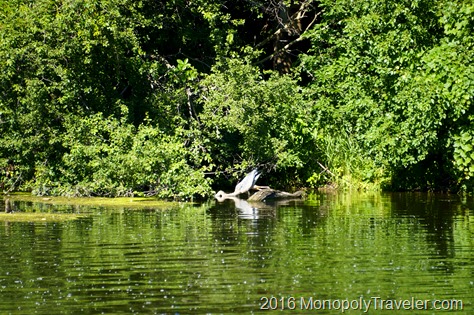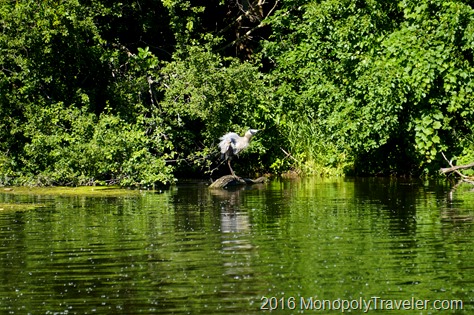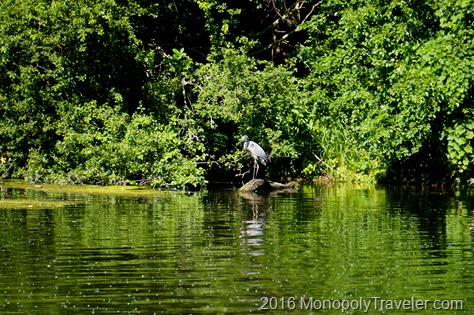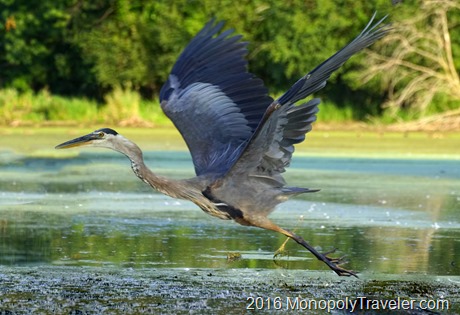Before the sun had risen above the horizon at Lake Itasca in Northern Minnesota I ventured to a dock hoping for a foggy morning scene. There was some fog hanging onto the lake as sunlight began casting shadows from the pine and maple covered shoreline but not the epic foggy morning dreamt about the night before. Everything was so still waking up from a cool summer night. So peaceful! The type of morning I have come to cherish. As I was soaking in this serene landscape movement caught my attention. Ducks swimming slowly through vegetation nearby. With camera already resting on it’s three legged perch I stared into these grasses watching as ducks disappeared under the water’s surface and returned again all without making a sound. Only the ripples giving them away. Zooming in on one of these busy birds I noticed something in it’s mouth appearing to be a crayfish.
Watching intently through my cameras eye the outline confirmed my suspicions. It was indeed a crayfish caught in the beak of a merganser. This hard shelled creature appeared much to large to be swallowed by the little mouth of this bird so I continued to watch, snapping a few pictures along the way, as it wrestled to get it’s next meal ready to eat. As if it were dancing, this duck would swing it’s head from side to side opening its clamping beak attempting to shift the crayfish in another direction before dipping it underwater as if rinsing it off in preparation to eat it. The crayfish dance would be repeated for several minutes until finally satisfied this meal was ready to be consumed. All the while the crayfish appeared to be in a state of uncertainty of what was going on. Only moments before it was the predator eyeing up the next meal.
Once this early morning meal had reached the stomach of this merganser it was back to hunting. A water bird of this size appeared unable to handle more than one of these bottom dwelling creatures and yet continued searching for more. Watching this happen several more times I began wondering just how many crayfish can a little duck eat before becoming too lethargic and tempting a nearby perched eagle into a possible easy meal. Finally the mornings feast seemed to come to an end and preening was the next event on this cool, sunny mornings calendar. A few dunks in the water while flapping its wings before drying off in the warming sunlight in preparation of checking that all of this little ducks feathers were perfectly in place removing those that were not. Returning to the soundless swimming in and out of grassing camouflaging this brown aquatic bird from sight before once again losing it under the waters surface.
Scanning over the nearby waters surface this merganser re-appeared once again holding another crayfish in it’s tiny beak. The dance continued, although as if perfected, lasted a much shorter time before another crayfish was swallowed whole into the small mouth of a motivated predator. By this time more people were stirring causing these little ducks to retreat further into the weeds protecting them from the large two legged animals wandering along the shoreline. It was time to store my camera and tripod back into its protective sack relinquishing my place on this dock for others to begin launching their water crafts for a summer day out on the water.

